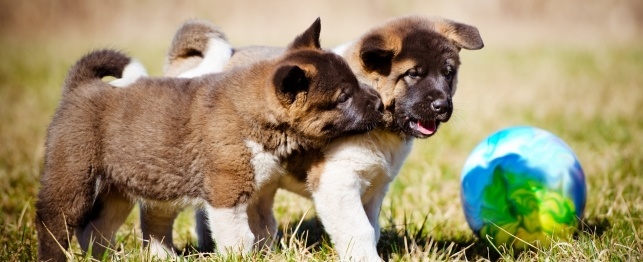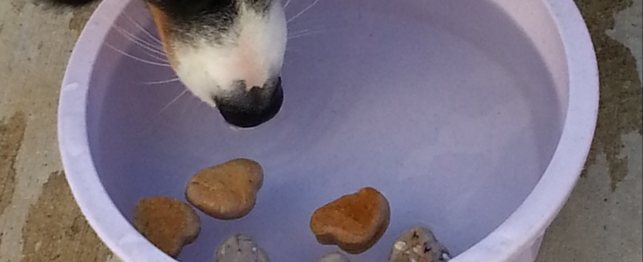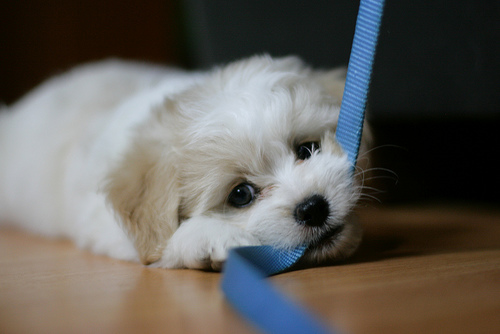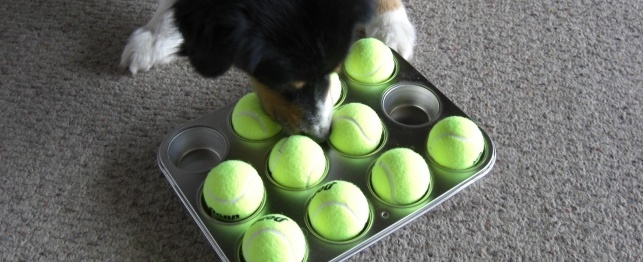More than 4.5 million dog bite incidents are reported in the United States per year. Approximately half are incidents involving the family dog. There is no guarantee your dog will never bite someone. A dog can behave unpredictably, become aggressive and bite causing injury, but why? The reasons vary and there is no one answer.
The possibilities include heredity and personality (or DNA), prior difficult experiences, lack of proper socialization, fear, lack of proper training with regard to discipline, territory and boundaries, and lack of proper guidance from the pack leader or leaders, meaning guardian or guardians.
The risk factors that precipitate a dog bite incident can be significantly reduced.
Spayed or neutered dogs are less likely to bite. Dogs not socialized with children can possibly react to situations by biting. The most common reason children are bitten is a dog that is fearful or wishes to avoid what it is not sure of, resulting in aggressive behavior in an attempt to make the problem or situation go away.
You do not want your dog to be afraid or become aggressive. Therefore, socialization is very important from the earliest stages of life.
There is a difference between biting in play and aggression.
Biting is often associated with rough play that is to be enjoyed with your dog, but there is a distinct difference between biting in play and biting that turns into an act of domination and disrespect for the guardian.
Dogs are perfectly capable of being trained to grab enthusiastically and gently without crossing the line to aggressive biting behavior, a lesson that is naturally taught by their mother, littermates and other pack members. Young dogs bite each other everywhere and anywhere when they play. This is when they learn limits to their biting and learn control and boundaries to their play. If they are too rough with their playmates, they will find out by how the other dogs and puppies react to them. This is something that canines can accomplish and teach each other through trial and error, learning from their own experiences in the early stages far more effectively and efficiently than we can teach them. Because we take them away from this environment before this learning process is completed, it is necessary for the guardians to take over and complete the training.
If the dog happens to bite too hard during a play activity you can mimic its yelp or give a stern OUCH, and a NO BITING command, with a pause from the activity to let the dog know that it hurt. If you allow the dog to bite a bit too aggressively some of the time you will be sending an inconsistent message and biting will never be completely eliminated.
Under no circumstances do you hit.
If your dog grabs or jerks a toy from your hand during this play activity, it is time to suspend play, remove the toy from the dog’s possession and issue a verbal correction of NO BITING in a �you mean business� firm tone of voice. The dog must understand that the biting is too aggressive and you don't like it. You do not want to give the dog the impression that you suddenly do not like it by becoming abusive. Make up afterwards after a short time period, on your terms and not the dog's.
Physical punishment is the quickest way to erode the dog's trust.
It is up to the dog’s guardians to establish appropriate boundaries and behaviors in all aspects of living as a family pack unit through an education process without physical abuse by the guardian. A dog can love you almost unconditionally because of its loyal characteristics, but that does not mean it trusts and respects you.
Training the family dog should be a family matter.
Every household member should learn the proper training techniques and participate in the dog's education. It is best to not send your dog away to be trained; family members should be the ones, with proper guidance, to teach your dog how to behave in your home. Note that training courses are a great investment even for experienced dog caregivers.

 Doggie Play Dates: Are They for Your Dog?
Doggie Play Dates: Are They for Your Dog?
Doggie Play Dates: Are They for Your Dog?
Doggie Play Dates: Are They for Your Dog?
 Games for Dogs: Bobbing for Biscuits
Games for Dogs: Bobbing for Biscuits
Games for Dogs: Bobbing for Biscuits
Games for Dogs: Bobbing for Biscuits
 Dog Dudes: Surfing Dogs
Dog Dudes: Surfing Dogs
Dog Dudes: Surfing Dogs
Dog Dudes: Surfing Dogs
 Teaching Your Dog Polite Leash Skills - Canine Manners 101 Dog Training Series
Teaching Your Dog Polite Leash Skills
This article i
Teaching Your Dog Polite Leash Skills - Canine Manners 101 Dog Training Series
Teaching Your Dog Polite Leash Skills
This article i
 The Fabulous Muffin Tin Game for Dogs
The Fabulous Muffin Tin Game for Dogs
The Fabulous Muffin Tin Game for Dogs
The Fabulous Muffin Tin Game for Dogs